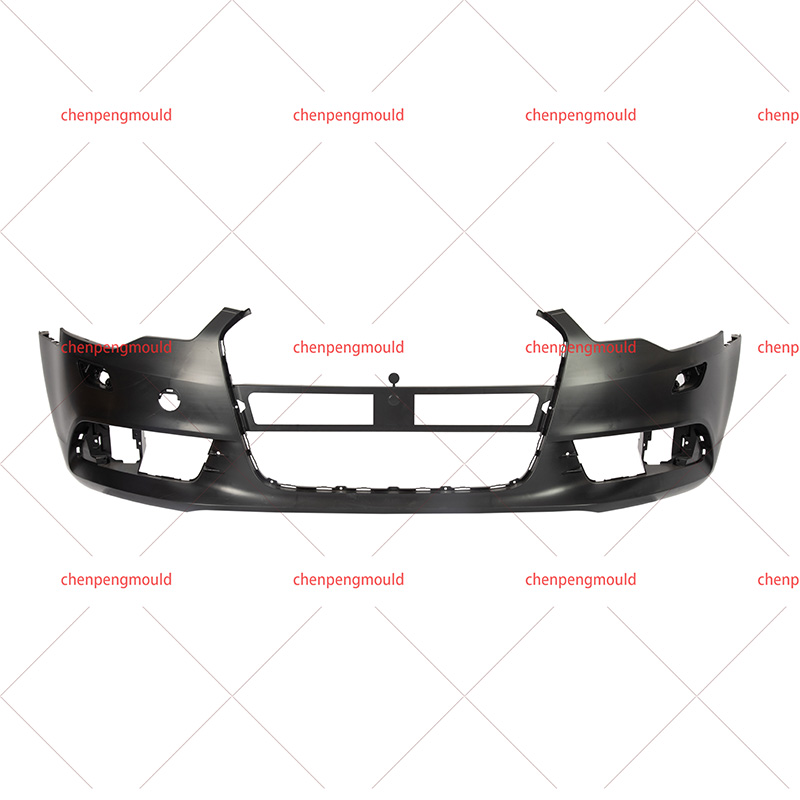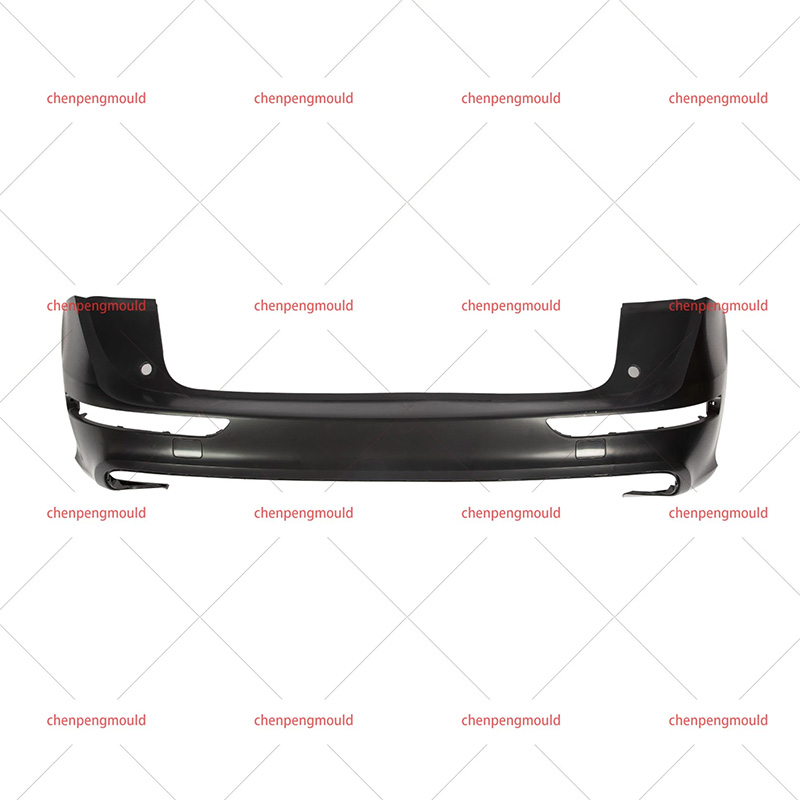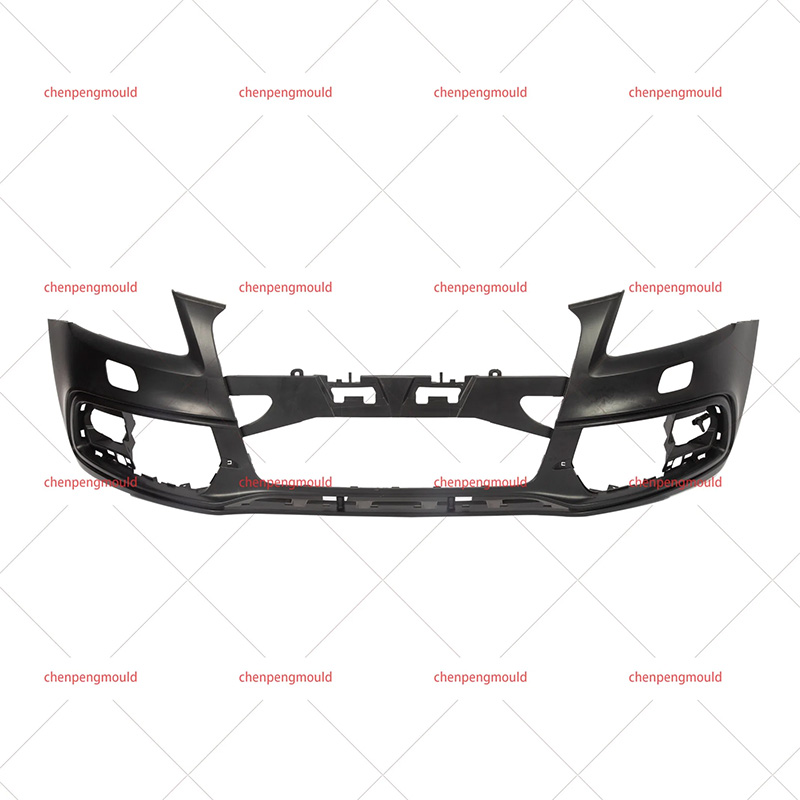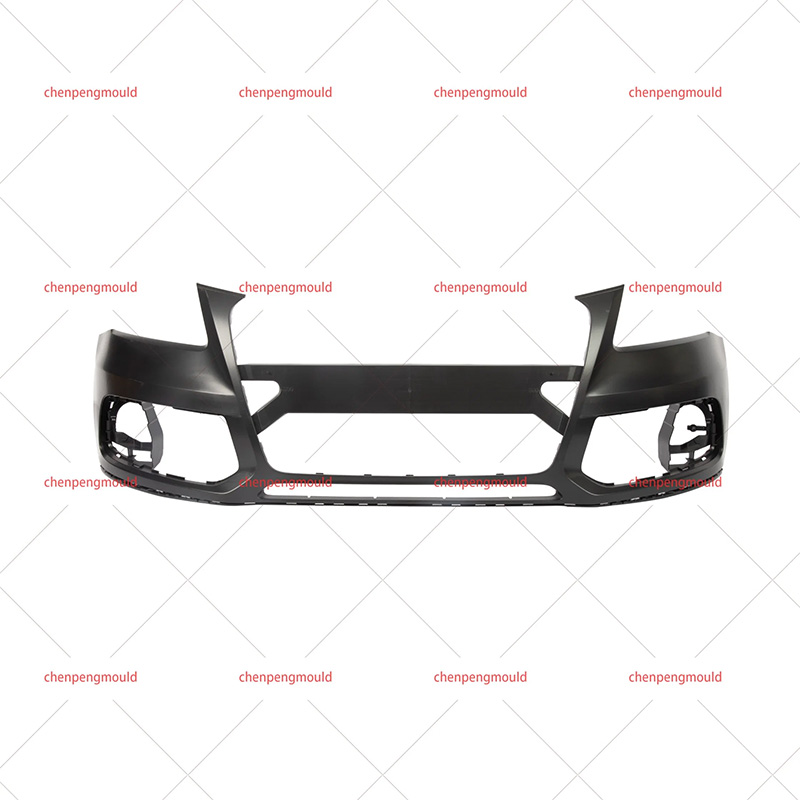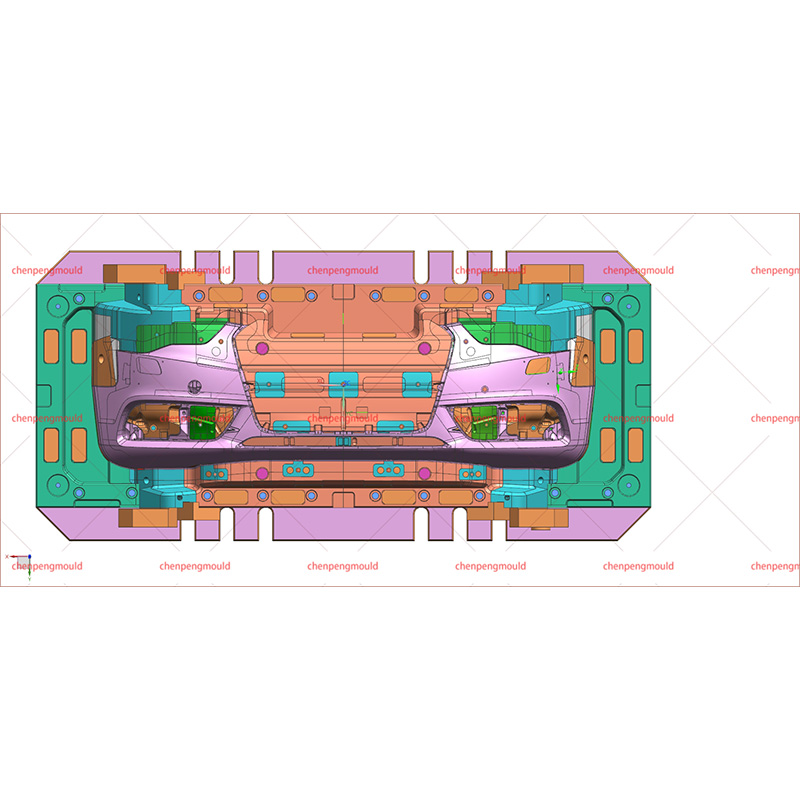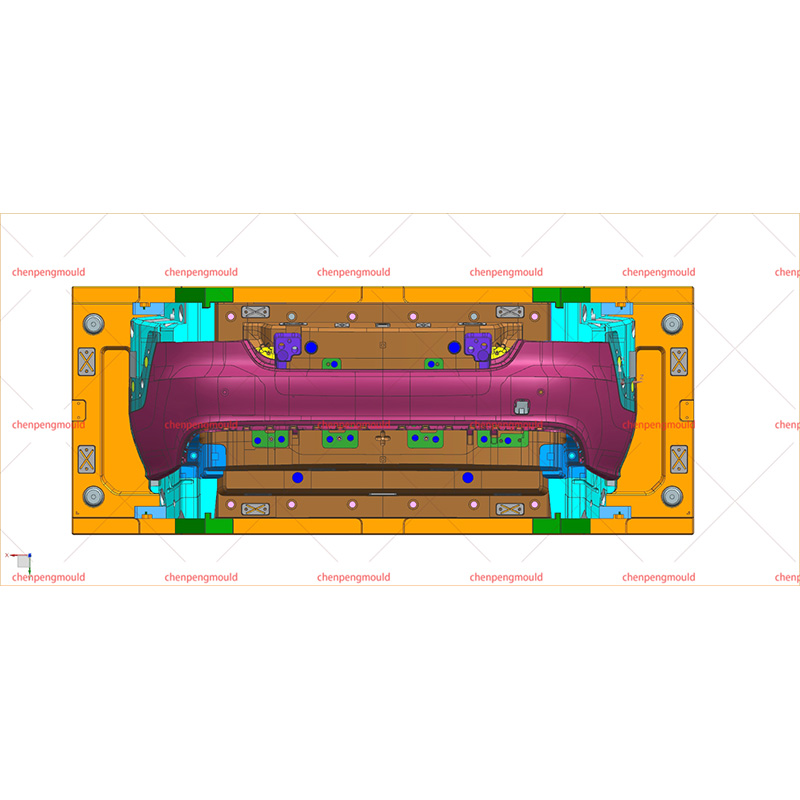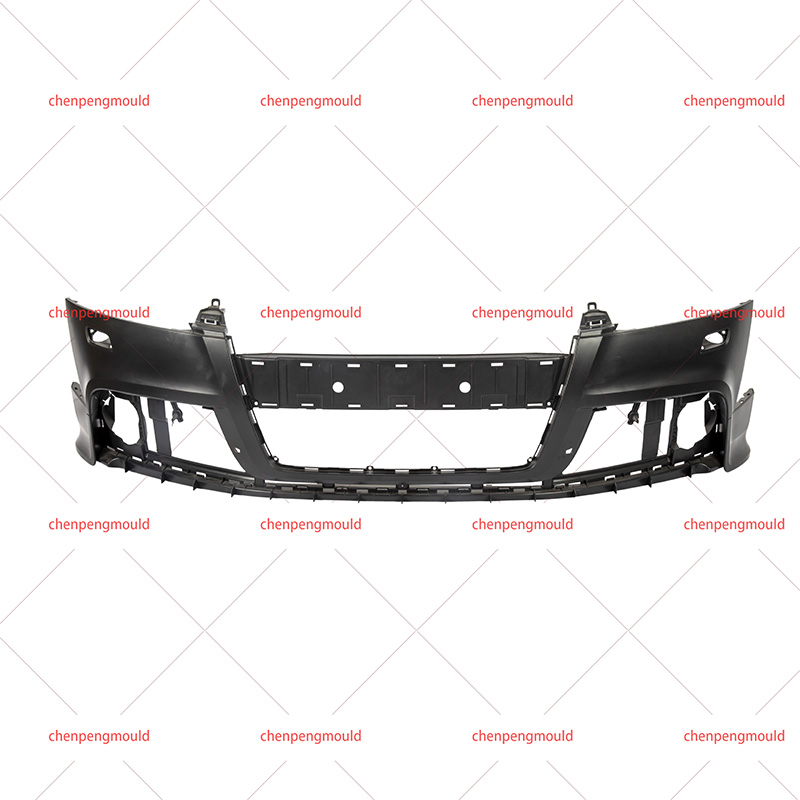China Sale Plastic Bumper Injection Moulding Mould Supplier
In the automotive industry, the choice of materials and manufacturing processes significantly impacts both the performance and cost of vehicle components. Among the various options available, plastic bumper moulds have gained prominence due to their numerous advantages. These moulds, used to shape and produce plastic bumpers, offer a range of benefits that make them an attractive choice for modern vehicle manufacturing.
1. Lightweight and Fuel Efficiency
One of the primary advantages of plastic bumpers is their lightweight nature. Plastic materials, such as polypropylene and thermoplastic elastomers, are significantly lighter than their metal counterparts. This weight reduction contributes to overall vehicle weight reduction, which in turn enhances fuel efficiency. Lighter vehicles require less energy to move, bringing about lower fuel consumption and reduced emissions. This benefit aligns with contemporary automotive trends focused on improving environmental sustainability and meeting stringent fuel efficiency standards.
2. Cost-Effectiveness
Plastic bumper moulds offer notable cost advantages in both production and material expenses. The production process for plastic bumpers typically involves injection moulding, a method that allows for high-volume manufacturing with minimal material waste. Injection moulding is efficient, as it can produce large quantities of bumpers quickly and consistently. This efficiency translates to lower production costs, which can be a significant factor for automotive manufacturers looking to optimize their budgets.
Additionally, the cost of plastic materials is generally lower than metals used in traditional bumpers. Plastic is less expensive to source and process, contributing to overall cost savings. These financial benefits are especially relevant in a competitive automotive market where cost efficiency can influence a manufacturer's profitability and pricing strategies.
3. Design Flexibility and Aesthetics
Plastic bumper moulds offer extensive design flexibility, allowing for greater creativity and innovation in vehicle design. The moulding process enables the production of complex shapes and intricate details that might be challenging or costly to achieve with metals. This flexibility is particularly advantageous for creating bumpers with unique styles, contours, and integrated features.
Furthermore, plastic bumpers can be easily customized with various finishes, textures, and colors. The ability to integrate design elements such as built-in sensors, aerodynamic features, or aesthetic enhancements directly into the bumper during the moulding process adds to the visual appeal and functionality of the vehicle. This design versatility allows manufacturers to meet diverse consumer preferences and market trends effectively.
4. Durability and Impact Resistance
Modern plastic bumpers are engineered to offer significant durability and impact resistance. Advanced plastic materials, including reinforced composites and impact-resistant polymers, are designed to withstand common impacts and abrasions encountered during everyday driving. These materials often incorporate additives or design features that enhance their strength and resilience.
Plastic bumpers are also less prone to corrosion compared to metal bumpers, which can be susceptible to rust and degradation over time. This inherent resistance to environmental factors ensures that plastic bumpers maintain their appearance and functionality throughout their service life. As a result, vehicles equipped with plastic bumpers often require less maintenance and replacement, contributing to long-term cost savings for both manufacturers and consumers.
5. Ease of Manufacturing and Repair
The manufacturing process for plastic bumpers is streamlined and efficient, contributing to reduced production times and costs. Injection moulding, the common method used, allows for rapid and precise production of bumpers with consistent quality. This efficiency is beneficial for meeting high production demands and maintaining supply chain stability.
In addition to manufacturing advantages, plastic bumpers are relatively easier to repair compared to metal bumpers. Minor damage, such as scratches or dents, can often be repaired using specialized techniques or by applying heat to restore the original shape. This ease of repair can reduce the need for complete bumper replacements and extend the overall lifespan of the component.


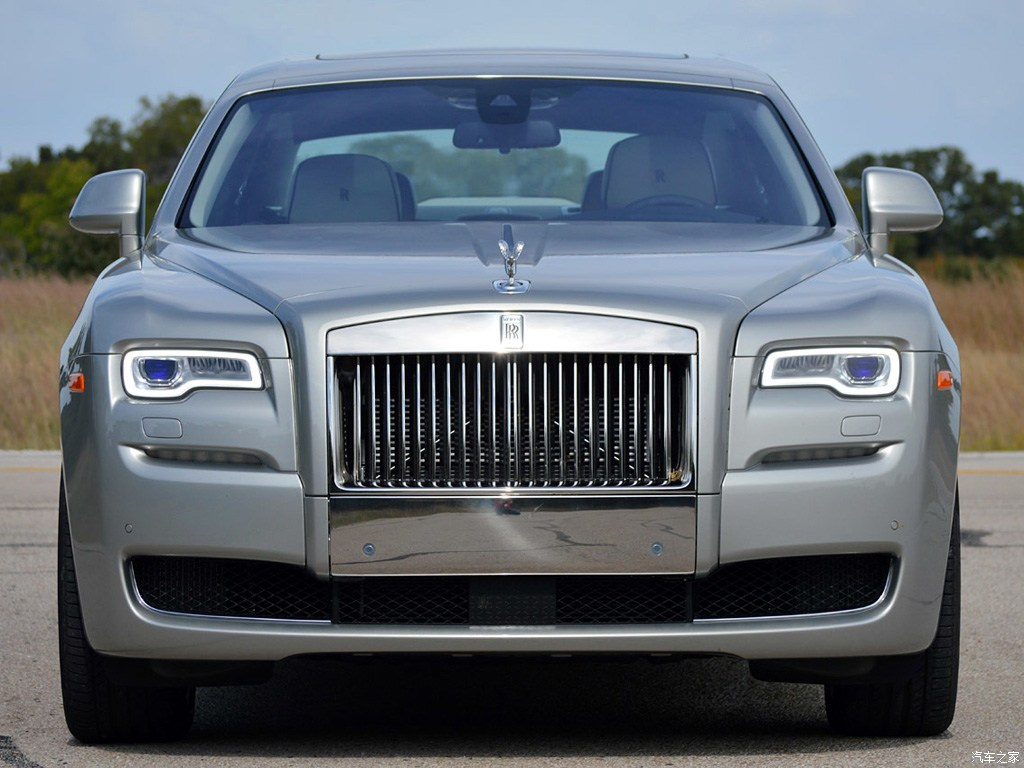

 +86-18357617666
+86-18357617666
